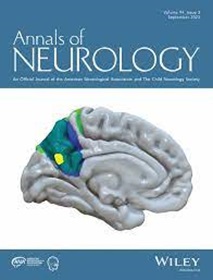Distinct Patterns of Hippocampal Pathology in Alzheimer's Disease with Transactive Response DNA-binding Protein 43
Abstract
Objective
Age-related dementia syndromes are often not related to a single pathophysiological process, leading to multiple neuropathologies found at autopsy. An amnestic dementia syndrome can be associated with Alzheimer's disease (AD) with comorbid transactive response DNA-binding protein 43 (TDP-43) pathology (AD/TDP). Here, we investigated neuronal integrity and pathological burden of TDP-43 and tau, along the well-charted trisynaptic hippocampal circuit (dentate gyrus [DG], CA3, and CA1) in participants with amnestic dementia due to AD/TDP, amnestic dementia due to AD alone, or non-amnestic dementia due to TDP-43 proteinopathy associated with frontotemporal lobar degeneration (FTLD-TDP).
Methods
A total of 48 extensively characterized cases (14 AD, 16 AD/TDP, 18 FTLD-TDP) were analyzed using digital HALO software (Indica Labs, Albuquerque, NM, USA) to quantify pathological burden and neuronal loss.
Results
In AD/TDP and FTLD-TDP, TDP-43 immunoreactivity was greatest in the DG. Tau immunoreactivity was significantly greater in DG and CA3 in AD/TDP compared with pure AD. All clinical groups showed the highest amounts of neurons in DG, followed by CA3, then CA1. The AD and AD/TDP groups showed lower neuronal counts compared with the FTLD-TDP group across all hippocampal subregions consistent with the salience of the amnestic phenotype.
Interpretation
We conclude that AD/TDP can be distinguished from AD and FTLD-TDP based on differential regional distributions of hippocampal tau and TDP-43. Findings suggest that tau aggregation in AD/TDP might be enhanced by TDP-43. ANN NEUROL 2023;94:1036–1047


 求助内容:
求助内容: 应助结果提醒方式:
应助结果提醒方式:


